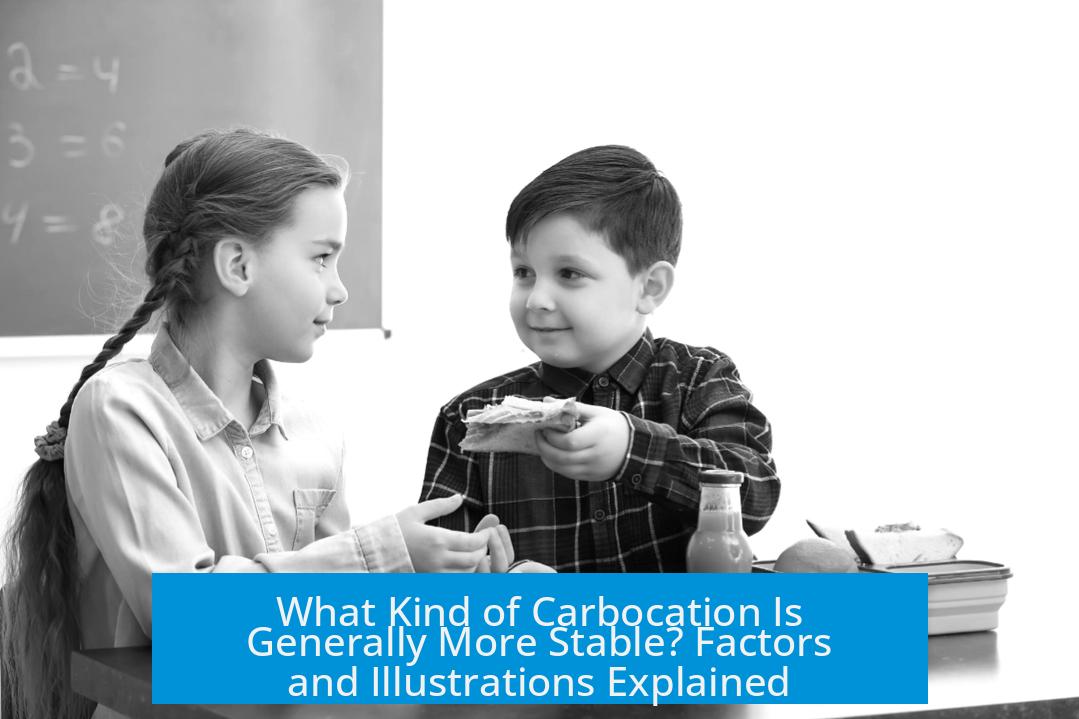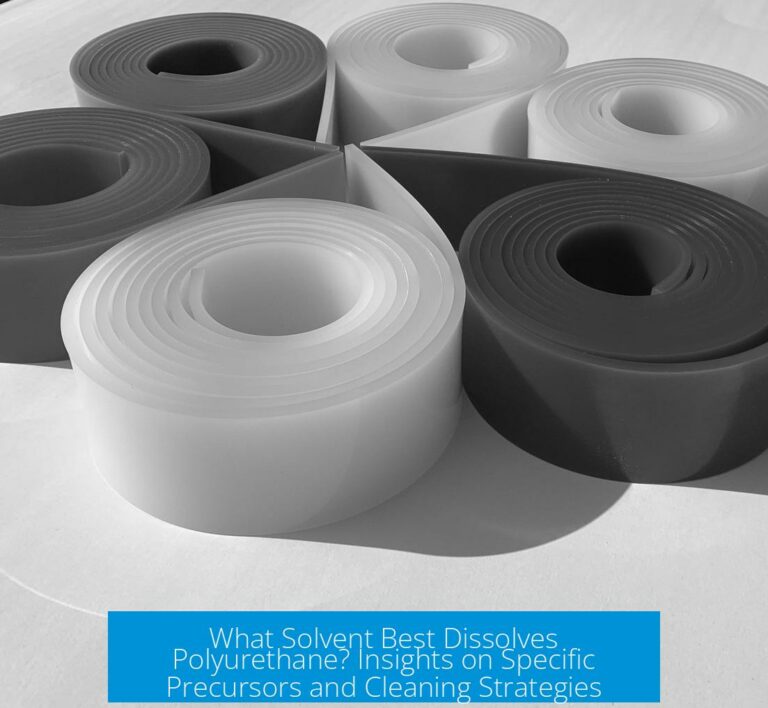What Kind of Carbocation Is Generally More Stable?
The most stable carbocations are typically tertiary carbocations due to alkyl group electron donation and hyperconjugation, followed by allylic carbocations, which benefit from resonance stabilization. Secondary carbocations show moderate stability, while primary carbocations are usually unstable unless resonance stabilized. Overall, carbocations stabilized by resonance (allylic, benzylic) are often more stable than those relying solely on hyperconjugation.
Understanding Carbocation Stability
Carbocations are positively charged carbon species with an incomplete octet. Their stability influences reaction mechanisms in organic chemistry. Stability depends on structural factors that allow the positive charge to be delocalized or minimized.
Two major contributors to carbocation stability are resonance and hyperconjugation. Both mechanisms help spread out or reduce the electron deficiency of the carbocation center.
Classification of Carbocations by Stability
| Carbocation Type | Main Stability Factor | General Stability Order | Notes |
|---|---|---|---|
| Tertiary | Alkyl donation + Hyperconjugation | Most stable | Often the most stable due to electron donation from three alkyl groups |
| Benzylic | Resonance with aromatic ring | Highly stable | Resonance stabilization with aromatic system boosts stability |
| Doubly Allylic | Resonance | More stable than single allylic | Resonance across multiple allyl sites increases charge delocalization |
| Allylic (Single) | Resonance | Very stable | Resonance with adjacent double bond reduces positive charge density |
| Secondary | Alkyl Donation + Hyperconjugation | Moderately stable | Less stable than tertiary due to fewer alkyl groups |
| Primary | Generally none, unless resonance present | Least stable | Rarely stable unless adjacent to double bonds for resonance |
Resonance: A Critical Factor in Stability
Resonance stabilizes carbocations by distributing the positive charge over multiple atoms. Allylic and benzylic carbocations gain significant stabilization by resonance with adjacent π systems.
- Allylic carbocations share their positive charge with the π bond next to the positively charged carbon.
- Benzylic carbocations resonate with the aromatic ring, distributing the charge even more effectively.
The extent of resonance correlates with stability. More resonance forms mean better charge delocalization and greater stability.
For example, a benzylic carbocation is more stable than a doubly allylic carbocation. This order arises because benzyl carbocations benefit from aromatic resonance, which is more extensive and stronger than regular allylic resonance.
Hyperconjugation Provides Additional, but Weaker Stabilization
Hyperconjugation involves overlap between filled σ-bonds (usually C-H or C-C bonds) adjacent to the positively charged carbon and the empty p-orbital of the carbocation.
While hyperconjugation contributes to stability, it is considered weaker than resonance effects. Tertiary carbocations gain stability largely through hyperconjugation plus inductive effects of alkyl groups.
The strength of hyperconjugation depends on the number of available adjacent alkyl groups. This explains why:
- Tertiary carbocations (three alkyl groups) are more stable than
- Secondary carbocations (two alkyl groups), which in turn are more stable than
- Primary carbocations (one alkyl group, rarely stable without resonance).
Special Cases: Carbocations Adjacent to Double Bonds
Carbocations located next to double bonds (allylic carbocations) can be more stable than expected based on substitution alone.
Even some primary carbocations can exist stably if resonance with an adjacent double bond is possible.
This explains how a primary allylic carbocation might persist because the positive charge spreads into the nearby π system.
Comparative Stability: Illustration
| Carbocation Type | Key Stabilizing Effect(s) | Typical Stability Level |
|---|---|---|
| Tertiary Alkyl | Hyperconjugation and inductive effects | High |
| Benzylic | Resonance with aromatic ring | Very High |
| Doubly Allylic | Extended resonance | High |
| Allylic | Resonance with nearby π bond | Moderate to High |
| Secondary Alkyl | Hyperconjugation and inductive effects | Moderate |
| Primary Alkyl | Limited hyperconjugation, generally unstable | Low |
Summary of Carbocation Stability
- Tertiary carbocations are generally the most stable non-resonance carbocations because of hyperconjugation and alkyl group electron donation.
- Carbocations stabilized by resonance, like allylic and benzylic carbocations, can compete with or surpass substitution-stabilized carbocations in stability.
- Resonance is a more powerful stabilization effect than hyperconjugation.
- Primary carbocations are typically unstable unless resonance can stabilize them.
- The presence of double bonds or aromatic rings adjacent to the positively charged carbon enhances stability significantly.
Key Takeaways
- Carbocation stability order: Tertiary > Benzylic > Doubly Allylic > Allylic > Secondary > Primary (rare).
- Resonance effects stabilize carbocations by delocalizing the positive charge over multiple atoms.
- Hyperconjugation from alkyl groups provides supplemental but weaker stabilization.
- Allylic carbocations rank highly in stability due to resonance with adjacent double bonds.
- Primary carbocations need resonance for stability and are otherwise rarely observed.





Leave a Comment